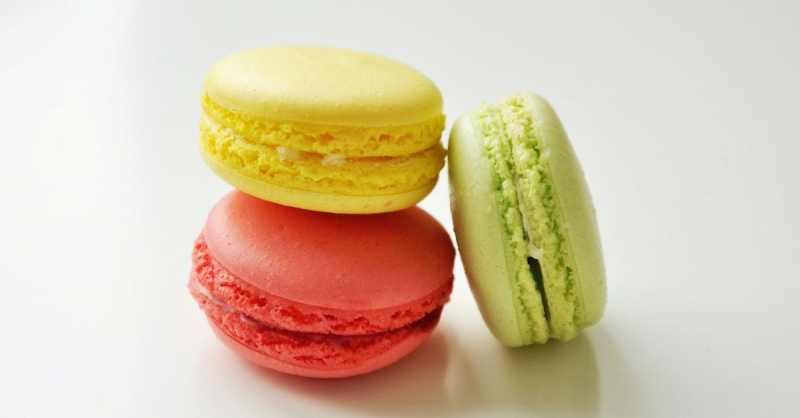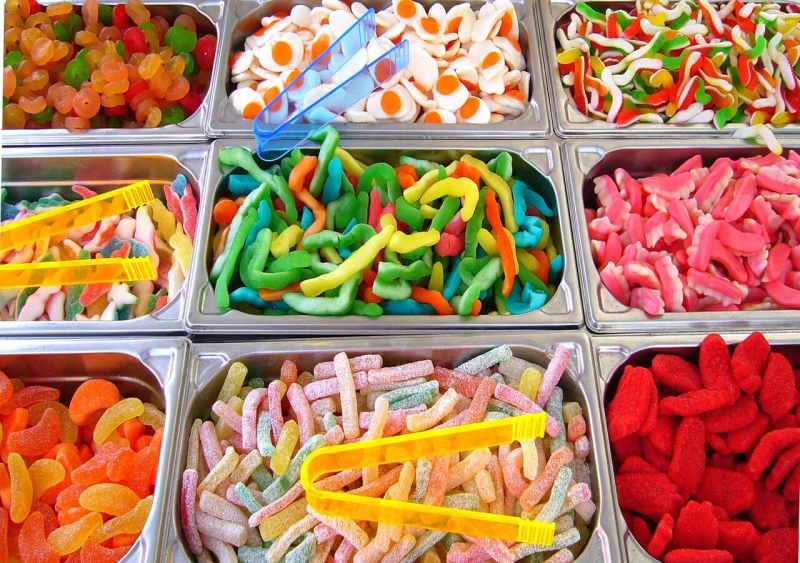Artificial Food Coloring

Everything from candy to condiments can look brighter and better thanks to artificial food coloring. However, there have been a lot of concerns regarding possible health effects in recent years. Some people have experienced allergic responses after consuming certain food dyes such as Blue 1, Red 40, Yellow 5, and Yellow 6.
Furthermore, a review indicated that artificial food coloring can promote hyperactivity in children, however, a different study found that some kids might be more sensitive than others. Additionally, concerns have been raised regarding the potential cancer-causing effects of some food dyes. Red 3, commonly known as erythrosine has been proven in some animal studies to increase the risk of thyroid cancers, causing it to be replaced by Red 40 in most foods. Other food dyes, on the other hand, have not been linked to any cancer-causing effects, according to numerous animal studies.











